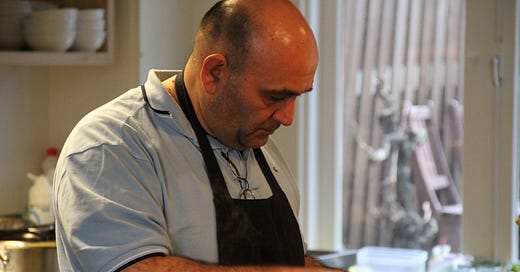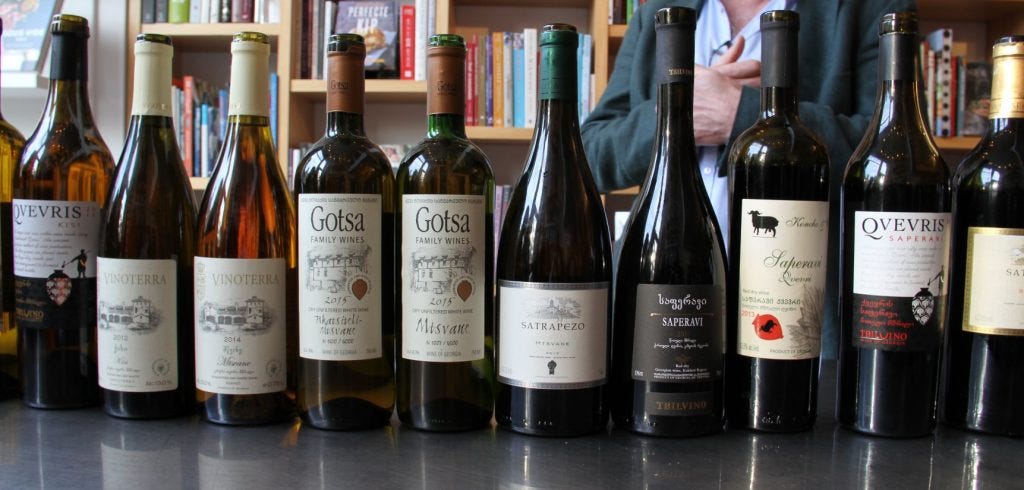A wave of Georgian qvevri wine in Amsterdam
Reviews of a fresh crop of amber wines, all available in the Netherlands.
I'm a huge fan of Georgian qvevri wines - that's to say, wines made in the 8,000 year old traditional manner, where grapes, skins and sometimes stems are piled into a 500 - 2,000 litre clay amphora-like vessel, buried up to its neck in the ground.
The challenge has always been how to get hold of them. A tiny amount is imported into the UK, even less to the Netherlands where I currently reside. And what little there is often ends up languishing on restaurant lists, as it's mostly too pricey to be easily sold in shops.
But times are changing, awareness of the wines seems to be increasing (admitedly from a very low base), and one adventurous Dutch wine merchant "Andere Wijn" has just hugely expanded their Georgian range.
Keep reading with a 7-day free trial
Subscribe to The Morning Claret to keep reading this post and get 7 days of free access to the full post archives.





